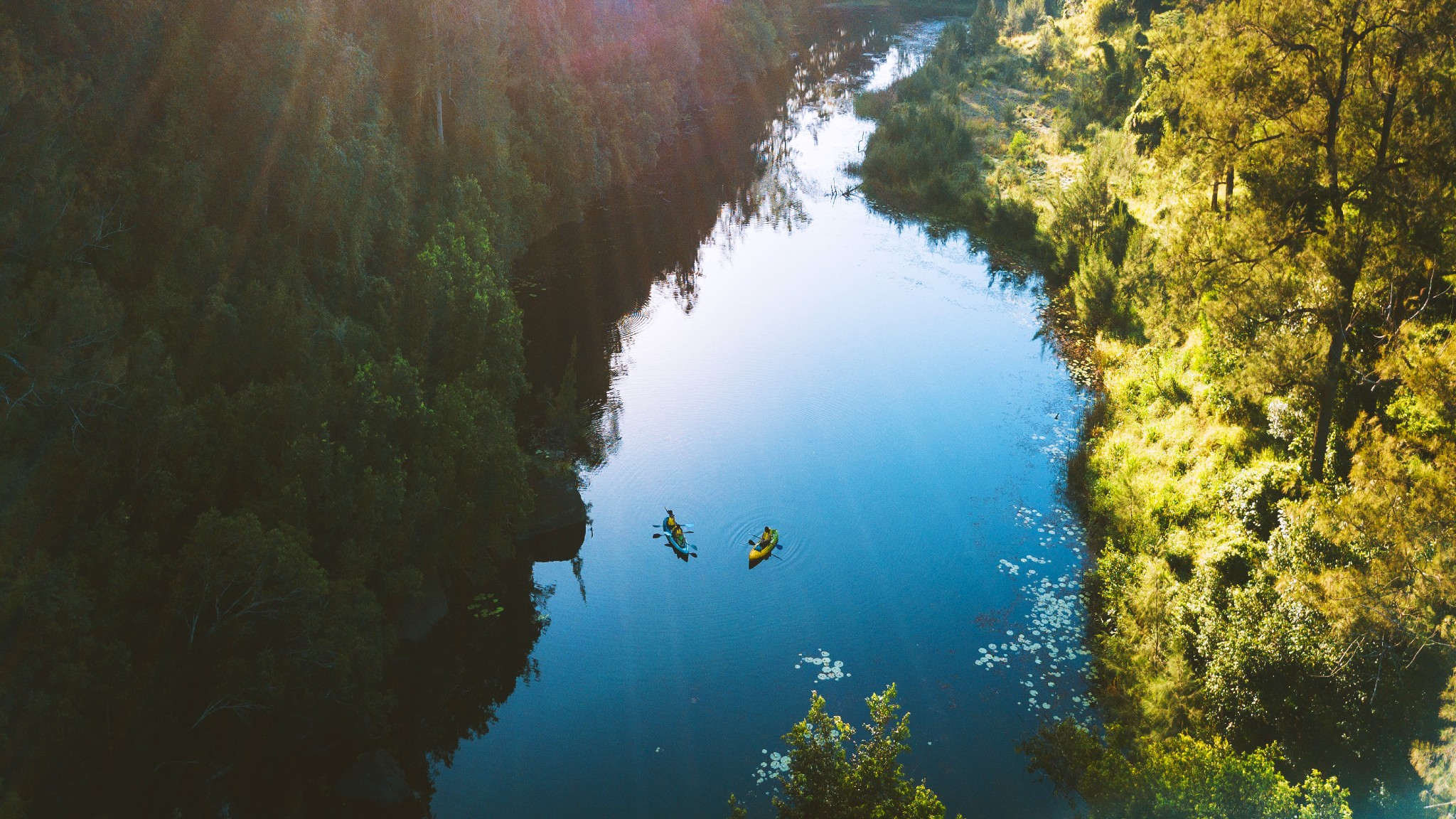Tasmania’s 7 Culinary Secrets
The only island state of Australia, Tasmania boasts a variety of factors that have led to internationally acclaimed, excellent foods. These factors include cool climate, excellent geographic location, and lots of patient, slow growth. From this, these 7 culinary secrets have developed, unique to Tasmania. Each food item is a fantastic addition to the culinary world.
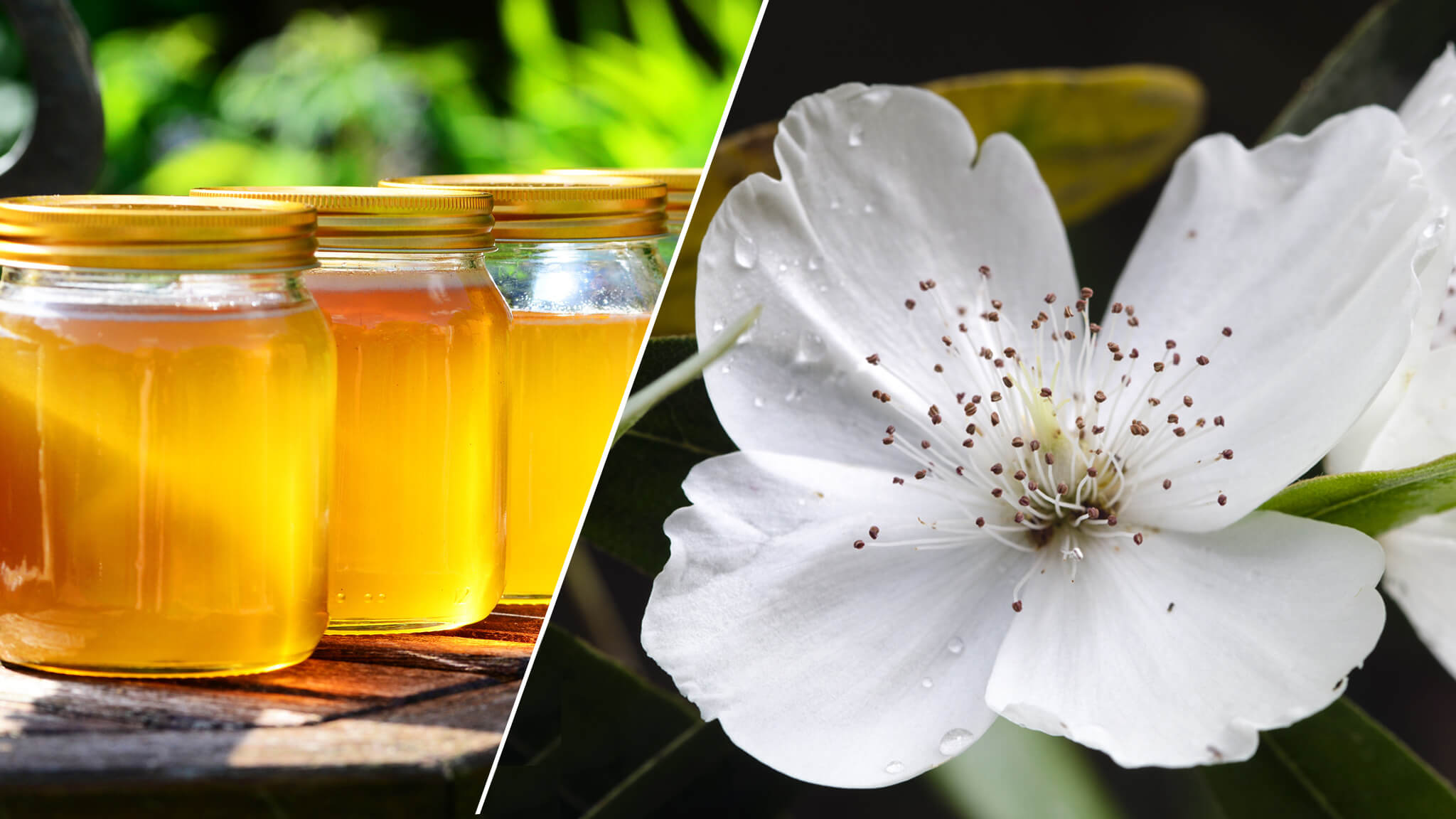
Leatherwood tree blossom
1. Leatherwood Honey
The Leatherwood trees, endemic to Tasmania, grow in rainforest on Tasmania’s remote western side. The trees take over 70 years to grow to nectar-bearing maturity. Their ancestry dates back hundreds of millions of years to the time of Gondwanaland. The resulting creamy leatherwood honey makes up 70% of the island’s honey production. The color of this national treasure is ochre-yellow, while the flavour combination is an intense, floral aroma. It has a clean and fresh balsamic-like finish.
Due to veracious logging, the tree now only exists in the protected World Heritage areas. The Slow Food Movement, an opposite play on the term “fast food”, promotes the importance of eating traditional regional cuisine sustainably. In this light, it has added Leatherwood Honey to its Ark of Taste. The honey’s reputation precedes itself as a fine gourmet product and is exported to connoisseurs around the world.
As if flavor and rarity were not reason enough, Leatherwood honey boasts nutritional benefits beyond other Australian honeys. Being 2-3 times richer in antioxidants, it holds more anti-aging and anti-inflammatory properties.
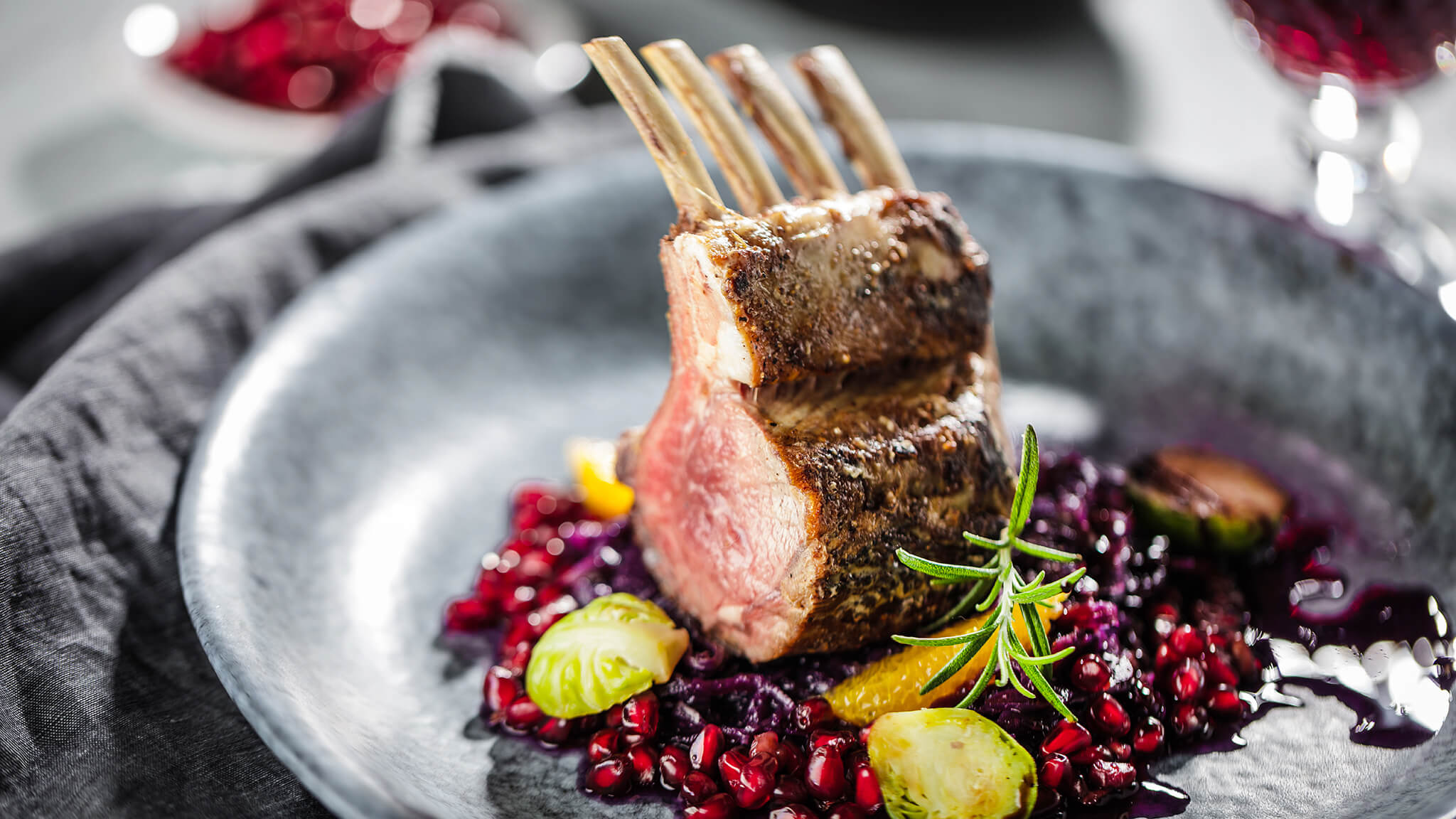
2. Flinders Island Lamb
Though not actually Tasmania, its positioned quite close and supplies the island with a unique selection of lamb. The combination of location, technique and stock in the lamb rearing on Flinders Island brings extraordinary results. Situated just northeast of Tasmania, the Flinders stretches just 62 kilometres (39 mi) from north to south, and 37 kilometres (23 mi) from east to west. Here, two types of lamb meat is produced from British and European breeds. Both are of such excellent quality that they are specialty items in restaurants across Australia.
One type of lamb is entirely milk-fed, resulting in a unique buttery flavor and a tender, succulent meat. The second, Saltgrass lamb, is specially helped by the island’s unique weather. High winds blow across the pastures from a supremely clean airstream that crosses thousands of kilometers of ocean. This brings a light dusting of seasalt to the grass and in effect gives nutrient-rich salt-infused feed to the free-range lambs. Saltgrass lamb has a distinct texture, amazing tenderness and flavour with hints of herbal notes. It can be found in many high-end restaurants throughout Australia.
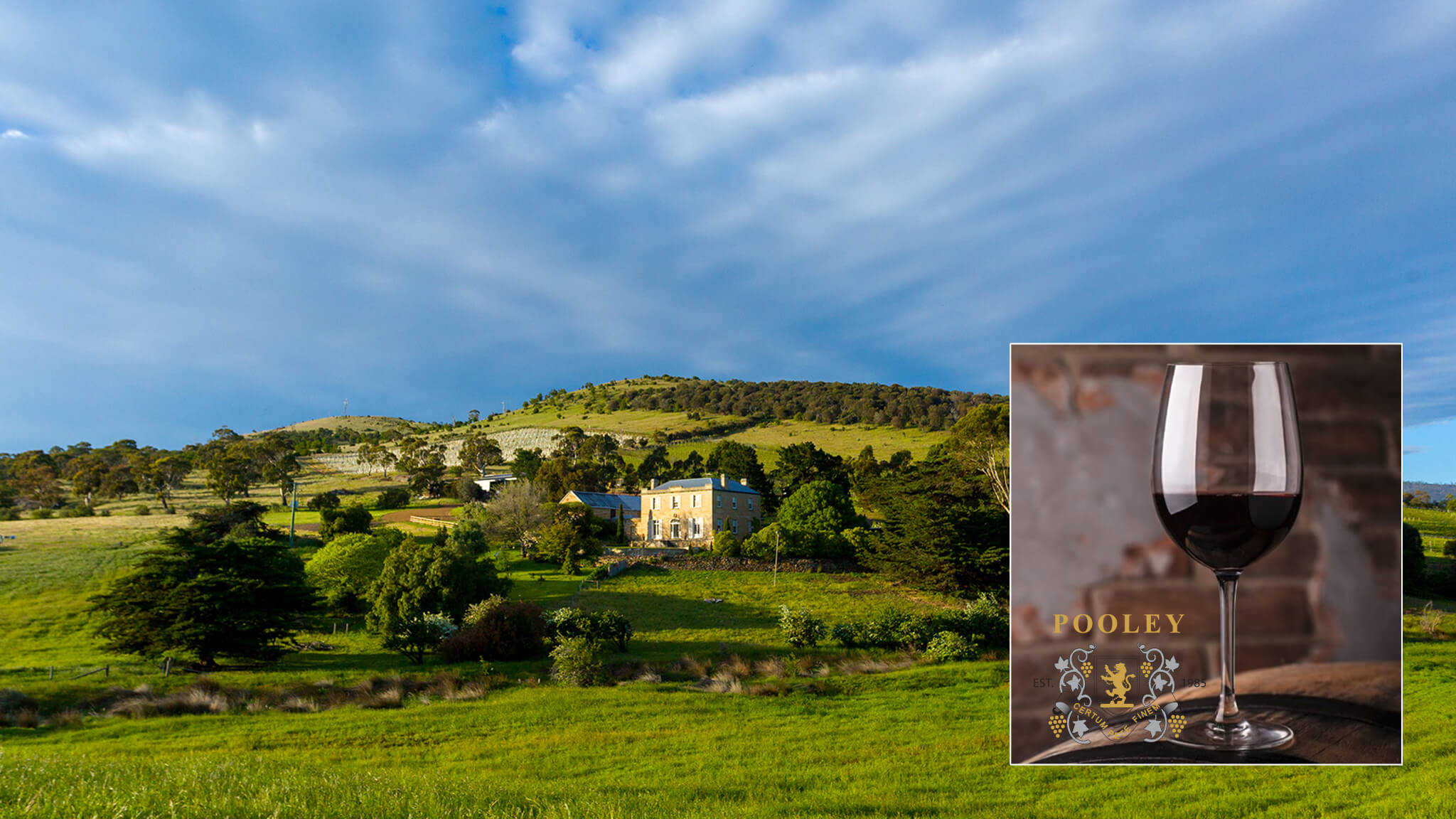
5-star rated, multi-award winning Pooley Wines vineyard and 2019 Vintage Pinot Noir
3. Unparalleled Wines
One well-known item of the 7 culinary secrets of Tasmania is the superb wine. Prior to the 1950’s it was thought that Tasmania sat “too far south” for grapes to ripen. However European migrants soon recognized the special conditions present on the island that can lead to exceptional wines. In fact the island had similarities to their homelands, just in the opposite hemisphere! Tasmania’s location provides ideal weather with mild summers, long autumn days and cool nights. The landscape is dominated with dolerite mountains, keeping it sheltered from extreme wind or rain. The vineyard soils are fertile and full of nutrients from ancient sandstone, river sediment and volcanic rock.
Altogether these factors lead the grapes to ripen at a slow pace, developing intense flavors and a natural balance. Put into the hands of truly skilled winemakers, grapes from Tasmanian vineyards are skillfully transformed into exquisite wines. Almost half of the wines produced by the island state is Pinot Noir, while Chardonnay accounts for a quarter. Sauvignon Blanc, Pinot Gris and Riesling lead the rest.
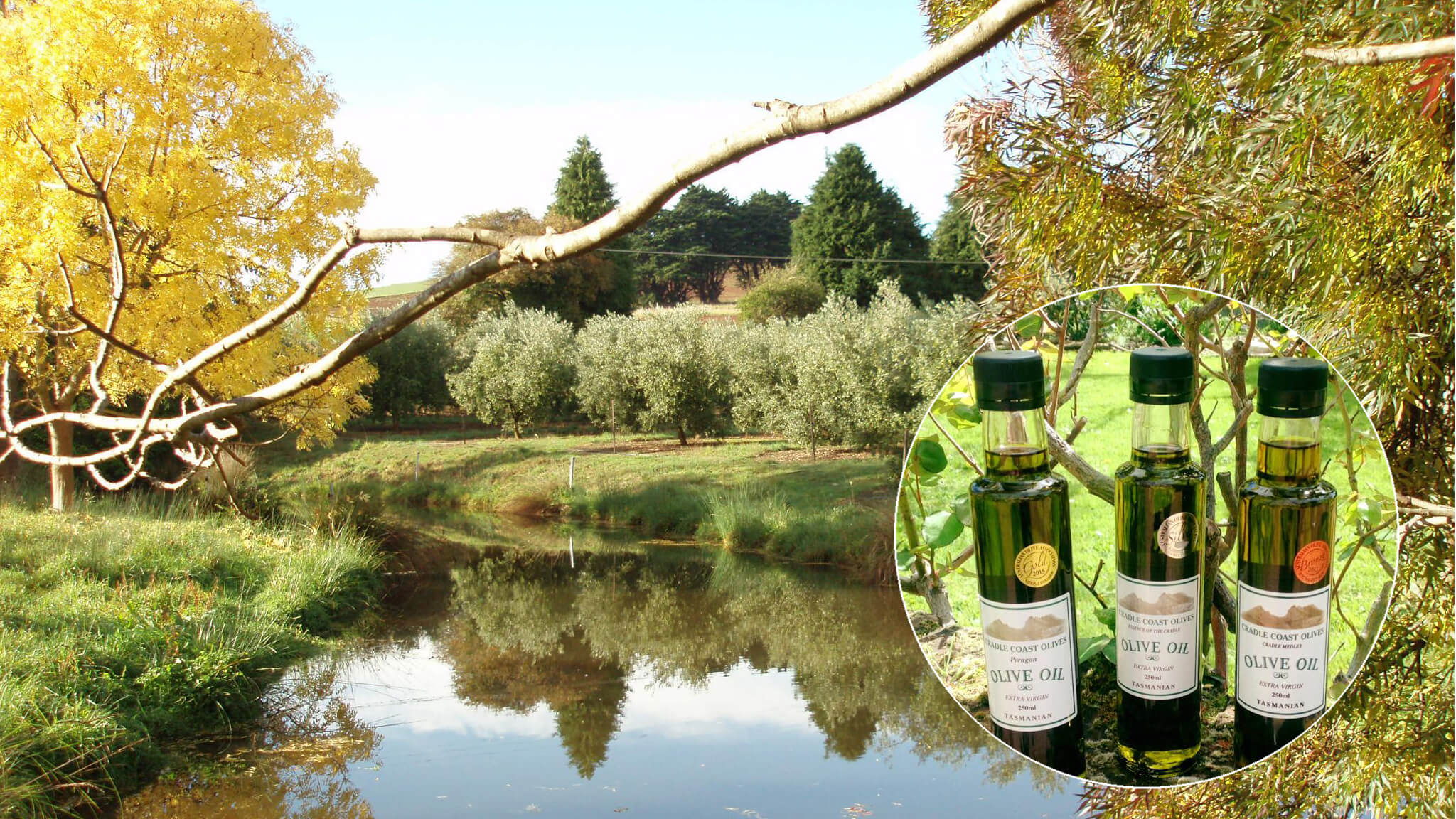
Cradle Coast Olives farm and multi-award winning olive oils
4. Top International Standard Olive Oil
The same soil and climate conditions that cultivate amazing wine also lends itself to superb olive oil. The longer growing season ensures a superior quality olive. They grow in fewer quantities than its warmer region cousins, but with better taste and nutritional benefits. Tuscany, Italy is known for premium quality extra virgin olive oil due to its climate. Tasmania shares a very similar latitude, though on the opposite of the equator.
In Tasmania, the many varieties of olive trees result in a wide range of oil colors from a whiskey yellow to bright green. Exceptional flavors accompany each kind. The list of olive oil’s nutritional benefits include iron, vitamin E and other important anti-oxidants. Tassie olive oil, though, even holds a consistently low in fatty acid levels. The international standard is less than 0.8% free fatty acid and the olive oil produced here tests at less than 0.2%.
Olive tree farms grow at the north central and southeastern areas of the island. Location and farming technique, to include immediate pressing within 3-4 hours of harvest, are keys to success. The Tasmania Olive Council provides a helpful map to identify the top olive farmers and their unique approaches.
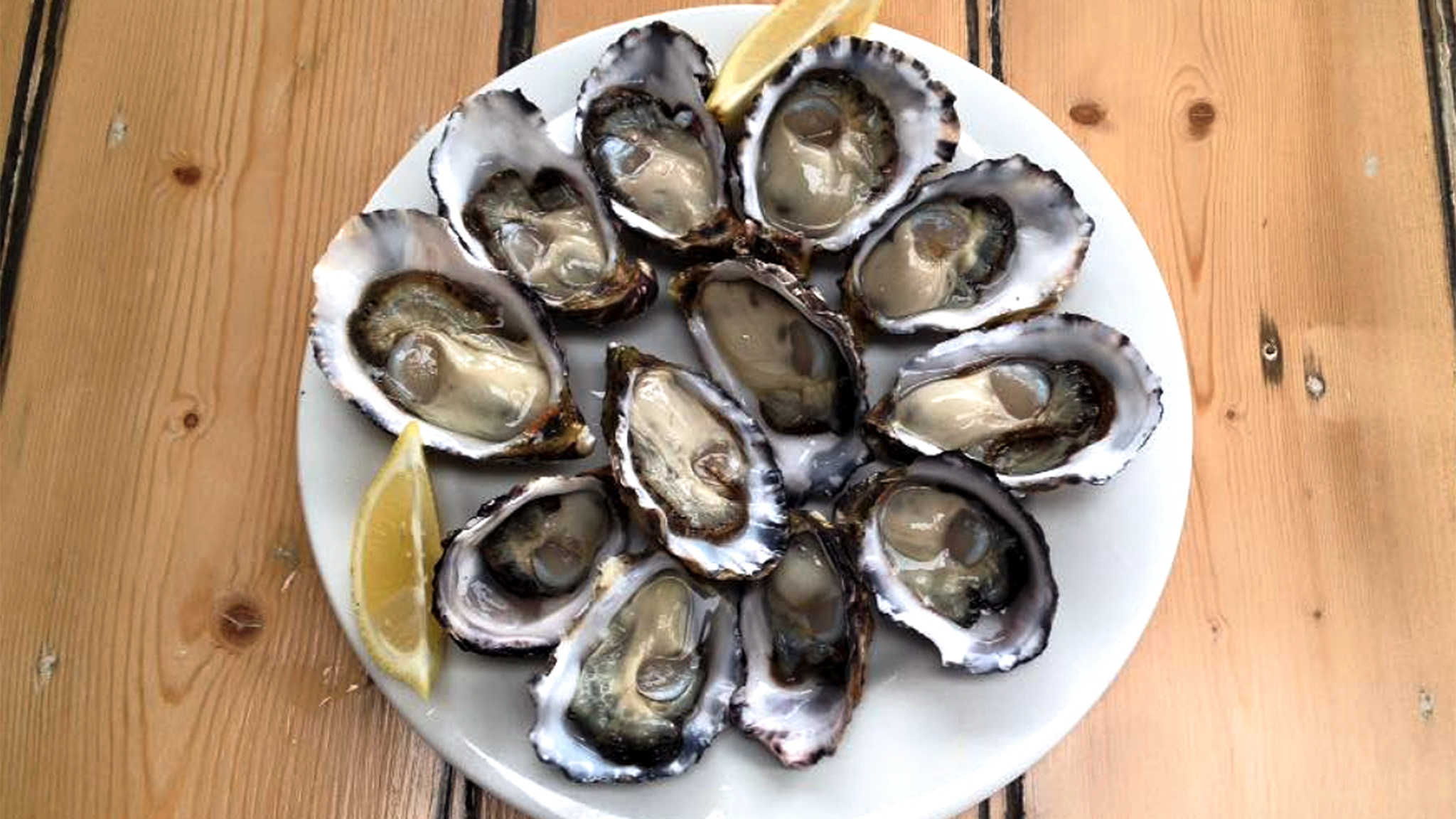
Oyster plate from Get Shucked, Bruny Island
5. Fresh Oysters
There’s a reason oysters are synonymous with Tasmania. These succulent shellfish can be found circling the coasts of half the island; from the North down to the Southeast. With freshness and proximity being a key factor to an oysters flavor, most dishes in Tasmania are naturally delicious.
The primary oyster farmed is the Pacific Oyster, originating in Japan and then introduced worldwide. Its shell varies widely, depending on the environment where it attaches. Typically, large rounded, radial folds are common amongst all. The Angasi oyster is native to Tasmania, with a thinner coin-shaped shell. It grows significantly slower than the Pacific oyster, with a shorter shelf life. The flavor tastes fuller and richer than its Pacific cousin. Due to these factors, the Angasi oyster ranks as a delicacy in many circles.
An undisputed top location for oysters is on yet another nearby island – Bruny Island. Positioned off the southeastern coast of Tasmania, the oysters found here are medium size and excellent. One local oyster bar, with the tongue-in-cheek title “Get Shucked”, has a reputation for amazing food and service. Don’t forget to stop by a local oyster farm for a deeper understanding of this iconic export.
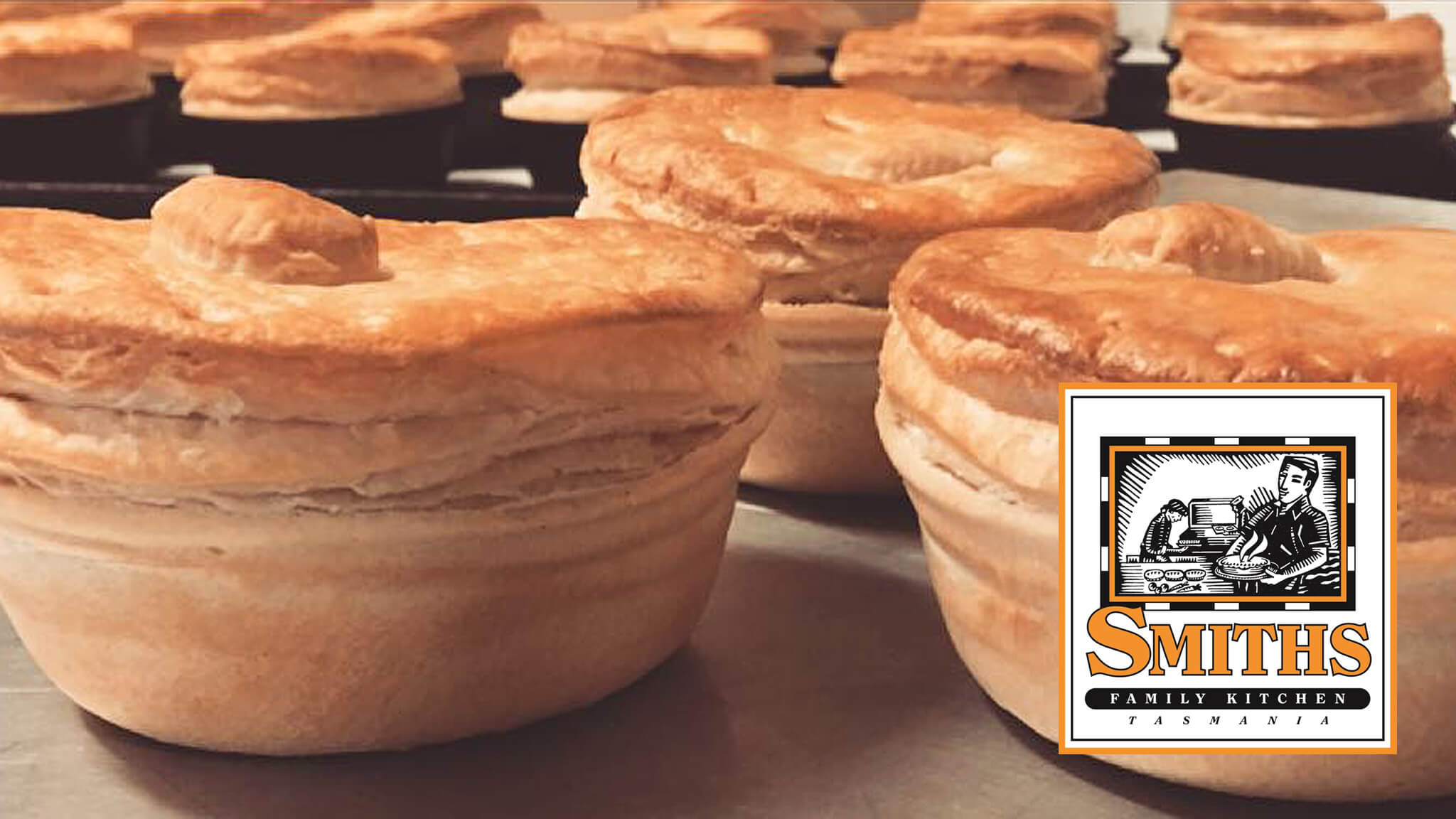
Smiths famous puff pastry
6. Tasmanian Scallop Pie
Scallops are another of many delectable seafood options in Tasmania. They maintain a sweet light flavor and easy to chew texture. Combined with Australians love for pies and the introduction of curry — bam! — the renowned Tasmanian Scallop Pie is born. A buttery, crisp puff pastry encases a combination of gently cooked scallops in a creamy curry sauce. The ingredients for the curry include an Aussie favorite — Keen’s Traditional Curry Powder. Keen’s blends turmeric, coriander, salt, fenugreek, black pepper, chili powder and allspice.
These special treats can be found throughout the island, as well as in a few specialty shops and restaurants in the mainland. However, the place teaming with rave reviews is Smith’s Specialty Pies based in Cambridge. They have a popular food truck set up at the Salamanca market in Hobart every Saturday. Their Tasmanian Scallop Pie was ranked number 1 in the state at the TAS Baking Show! It’s definitely worth planning this into your schedule.
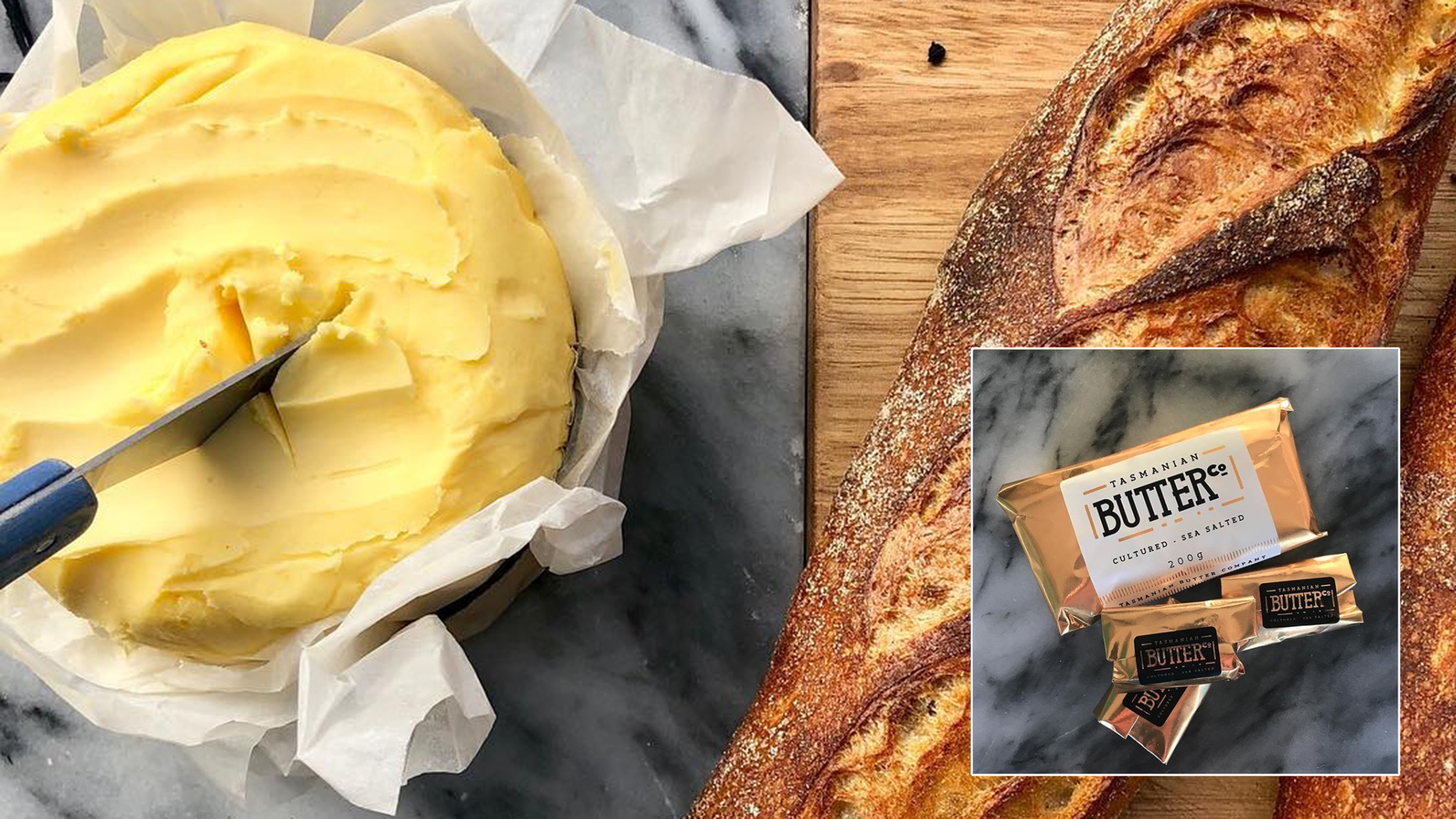
Tasmanian Butter from the renowned Tasmanian Butter Co.
7. Tasmanian Butter
Tasmanian salted butter wins culinary hearts far and wide. World-renowned French chef Alain Passard’s favorite comes from the Tasmanian Butter Co, based in Launceston. He described it as “the best salted cultured butter in the world”. The Ashgrove’s butter, produced in Northern Tasmania, has also claimed numerous gold and silver awards, annually, since 2007.
100% Tasmanian cream naturally ferments with cultures for 12-18 hours to produce the butter. The lactic acid that comes from slow, steady fermentation gives cultured butter its unique tang. Then the butter is churned and churned some more. The result is a rich, nutty flavor and aroma. This butter is better for pan-frying and bakes lighter and fluffier than non-cultured varieties.
With fantastic butter being a staple product, Tasmania’s holds a reputation for decadent fudge and amazing truffles!
For a small island state, Tasmania certainly punches above its weight when it comes to delicious regional produce and mouth watering cuisine. The unique conditions on the island and it’s dedicated local professionals who have honed their culinary craft all combine in beautiful harmony. Any dedicated foodie should have this place firmly noted on their culinary bucket list.
Join us in Tasmania and sample some of the island’s delicious treasures yourself on the Tasmania Bike, Hike & Kayak tour – 7 days of outdoor adventure, local insights and delicious food (of course!).
